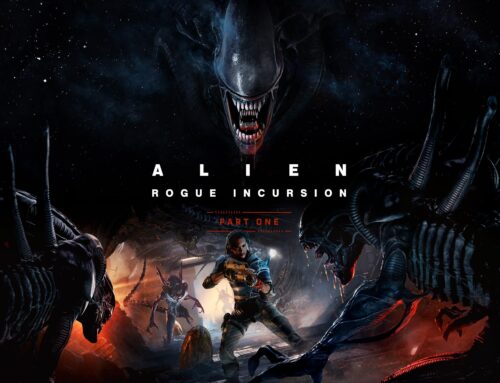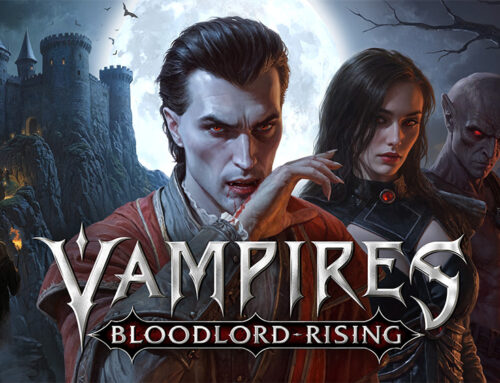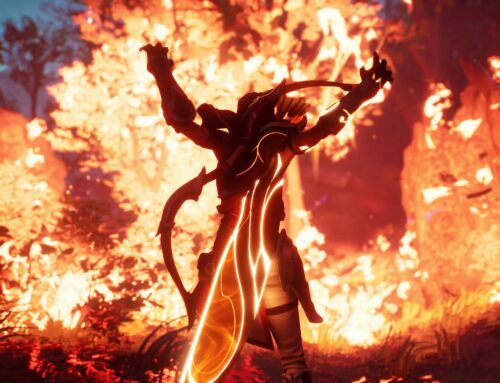 “Pony Island” is a perfectly ordinary game. There is nothing unusual about “Pony Island.” Anyone who tells you otherwise is lying. “Pony Island” is fun for the entire family. Please look no further. Everything below is a series of lies solely intended to smear the good name of “Pony Island.” It is a perfectly normal game. Completely ordinary.
“Pony Island” is a perfectly ordinary game. There is nothing unusual about “Pony Island.” Anyone who tells you otherwise is lying. “Pony Island” is fun for the entire family. Please look no further. Everything below is a series of lies solely intended to smear the good name of “Pony Island.” It is a perfectly normal game. Completely ordinary.
“Pony Island” is about a unicorn. The unicorn jumps over posts on his favorite island and engages in all sorts of similar frolicking. There is nothing unusual about it. Underneath all of that, there is the basic premise that the player character is in hell, and hell happens to be a really bad, buggy arcade game made by the devil. As the game progresses, the player is occasionally given the ability to ask the devil one of a series of questions, and these slowly fill in the background story, who the player character is and how he ended up in hell. Personally, I am a fan of this multi-layered approach. Some people may find it a touch on the pretentious side. However, I think the game retains enough of a sense of humor about what it’s doing that it can kind of hand wave away most of those sorts of assertations.
“Pony Island” looks like every other arcade game out there. It uses basic sprites reminiscent of Space Invaders or the like. However, some of the animations, such as the rotation of the unicorn’s head, are a little too smooth and so they stand out as kind of jarring in a game that has some wonderfully period-appropriate sprites. I guess one could argue that this is because the game actually takes place in more modern times, but I still find it to be very out of place. The graphics of the game “improve” as the devil keeps working on the game, but they never get good enough that it seems to justify the smoothness of those animations.
 “Pony Island” needs some serious work in terms of sound design. The game perfectly captures the repetitiveness of old arcade sound design, and then heaps a low, incessant hum on top of that. While it definitely does capture the atmosphere that it’s going for, it is not a pleasant experience. I guess that one could say that this is particularly hellish in its own way, and thus appropriate for the game.
“Pony Island” needs some serious work in terms of sound design. The game perfectly captures the repetitiveness of old arcade sound design, and then heaps a low, incessant hum on top of that. While it definitely does capture the atmosphere that it’s going for, it is not a pleasant experience. I guess that one could say that this is particularly hellish in its own way, and thus appropriate for the game.
Much like all other arcade games, “Pony Island” has a very simple style of gameplay. The player’s pony moves forward automatically. The player simply has to tell the pony when to jump, and when to shoot its pony laser at incoming enemies (which are mostly floating angry faces, but also sometimes include Jesus). When the gameplay breaks from the “gameplay” of the fictional game-within-a-game, the player is usually solving puzzles to try to gain access to more of the options of the game, sometimes by defeating demons which manifest as programs altering the gameplay of the fictional “Pony Island” game.
If all of that sounds a touch complicated, don’t worry. “Pony Island” is actually a very simple game with a lot of heart and humor to it, despite its rather dense premise. But there is one thing you must keep in mind: “Pony Island” is a perfectly ordinary game. There is nothing unusual about it at all.







